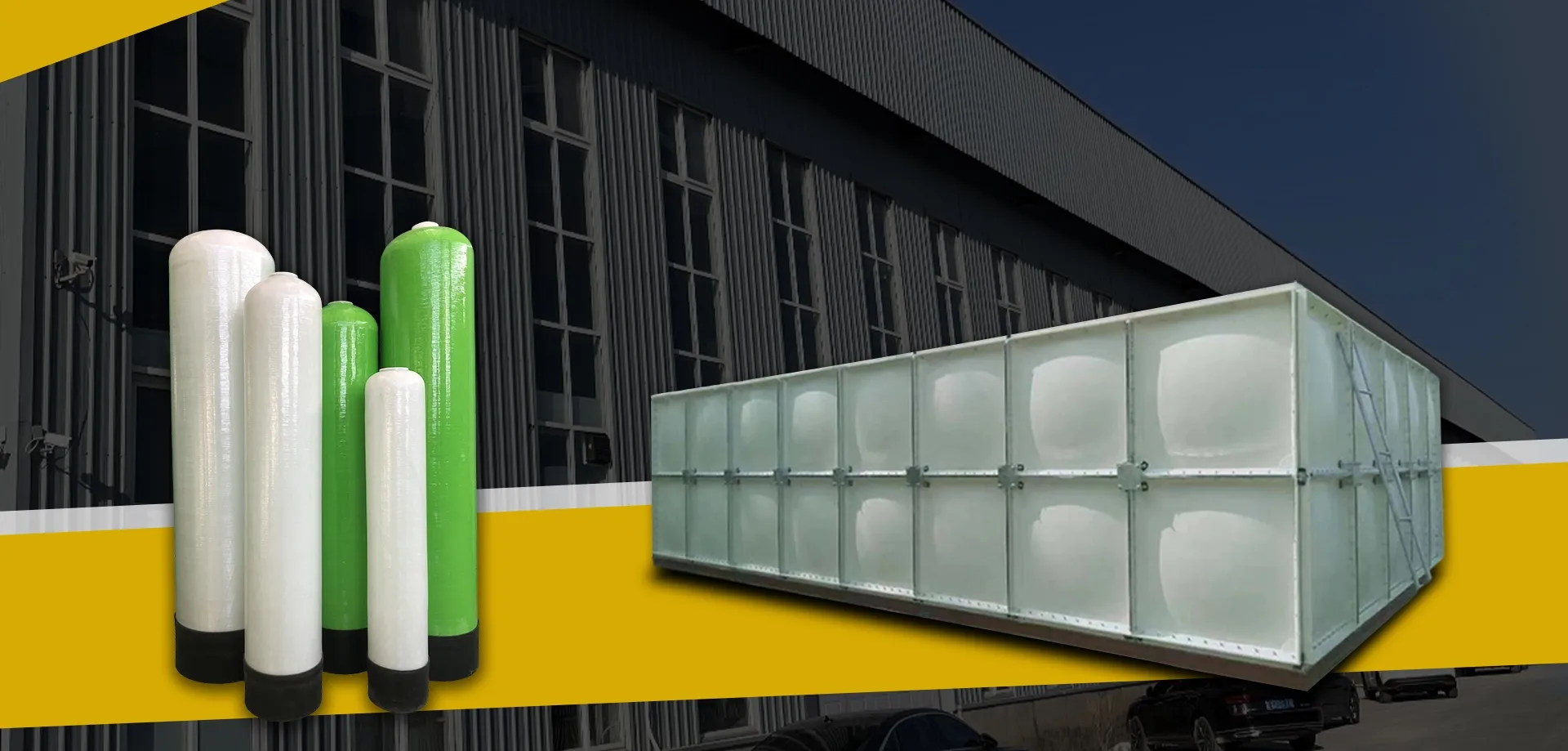loading...
- No. 9, Xingyuan South Street, Dongwaihuan Road, Zaoqiang County, Hengshui, Hebei, China
- admin@zjcomposites.com
- +86 15097380338
- Welcome to visit our website!
Media Filtration System for Efficient Water Treatment Solutions
Understanding the Media Filter Vessel A Key Component in Water Treatment
In the realm of water treatment, one of the essential technologies employed to ensure clean and safe water for various applications is the media filter vessel. This innovative solution plays a pivotal role in both industrial and municipal water treatment processes. Understanding its functionality, design, and benefits can provide valuable insights into how we manage our water resources efficiently.
What is a Media Filter Vessel?
A media filter vessel is a specific type of filtration system designed to remove impurities and contaminants from water through a series of media layers. These vessels are often cylindrical tanks that can hold different types of filter media such as sand, gravel, activated carbon, or specialty media tailored for specific contaminants. The water passes through these layers, allowing particulate matter, sediments, and even some dissolved substances to be trapped and removed.
How Does It Work?
The operation of a media filter vessel is generally straightforward yet effective. Water enters the vessel from the top and flows down through the layers of filter media. As the water moves through each layer, larger particles are caught in the upper layers, while finer particles are trapped deeper within. This process not only helps in eliminating pollutants but also enhances the water quality by improving clarity and reducing turbidity.
Regular backwashing is a critical maintenance step in the operation of media filter vessels. Over time, as contaminants accumulate within the filter media, the flow rate can decrease, necessitating the need to clean the media. Backwashing involves reversing the flow of water, dislodging trapped particles and restoring the effectiveness of the filter media. This feature makes media filter vessels both efficient and sustainable, as they can be reused multiple times before requiring media replacement.
Types of Media Used
The choice of media in a filter vessel is crucial and depends on the specific contaminants that need to be removed. For instance, sand and gravel are commonly used for general sediment control, while activated carbon is favored for its adsorptive properties, making it effective against organic compounds, chlorine, and certain heavy metals. More advanced systems might utilize specialty media designed for the removal of specific contaminants like arsenic or phosphorus.
media filter vessel

Advantages of Media Filter Vessels
Media filter vessels offer several distinct advantages
1. Efficient Filtration They can effectively remove a wide range of contaminants, improving the overall water quality significantly.
2. Cost-Effective Compared to other water treatment technologies, media filters are relatively low in cost and require less energy to operate, making them an attractive option for many applications.
3. Flexibility They can be used in various settings, from municipal water treatment plants to industrial applications and even in residential systems.
4. Simplicity of Design Their design is straightforward, which allows for easier installation, operation, and maintenance.
5. Scalability Media filter vessels can be designed to accommodate different flow rates, making them suitable for both small-scale and large-scale applications.
Conclusion
In conclusion, media filter vessels serve as a crucial technology in the quest for clean water. Their efficient design and operation make them indispensable in various water treatment processes. As the demand for clean water continues to grow globally, the importance of media filter vessels will only increase. By investing in and improving these filter systems, we can enhance our water treatment capabilities, ensuring a sustainable future for water resources across the globe.
-
The Rise of FRP Profiles: Strong, Lightweight, and Built to LastNewsJul.14,2025
-
SMC Panel Tanks: A Modern Water Storage Solution for All EnvironmentsNewsJul.14,2025
-
GRP Grating: A Modern Solution for Safe and Durable Access SystemsNewsJul.14,2025
-
Galvanized Steel Water Tanks: Durable, Reliable, and Ready for UseNewsJul.14,2025
-
FRP Mini Mesh Grating: The Safer, Smarter Flooring SolutionNewsJul.14,2025
-
Exploring FRP Vessels: Durable Solutions for Modern Fluid HandlingNewsJul.14,2025
-
GRP Structures: The Future of Lightweight, High-Performance EngineeringNewsJun.20,2025
